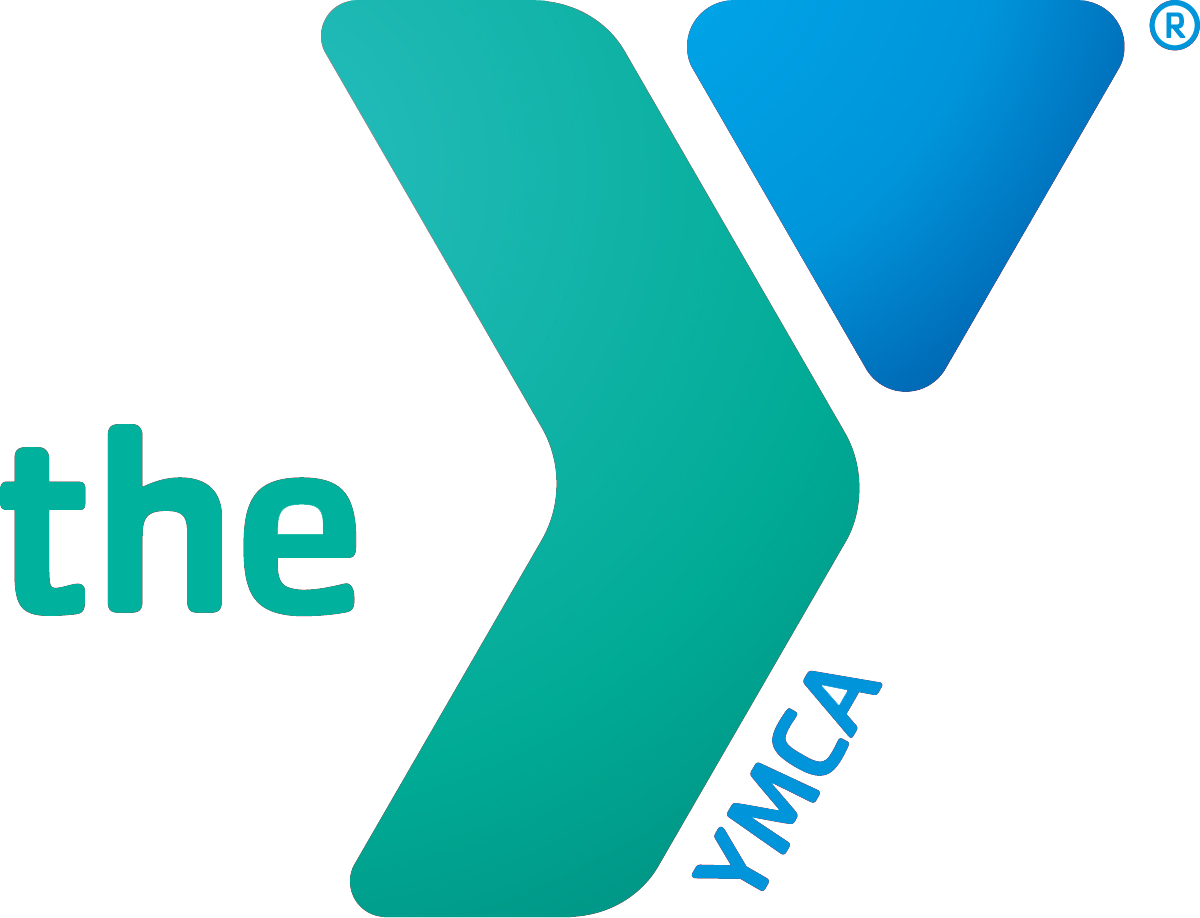COORDINATED APPROACH TO CHILD HEALTH
HOW DOES CATCH WORK?
CATCH stands for a Coordinated Approach to Child Health. By uniting multiple players in a child’s life to create a community of health, CATCH is proven to prevent childhood obesity and supported by 25 years and 120 academic papers indicating as much as 11% decrease in overweight and obesity. Our community health programs aim to impact the messaging a child receives in physical education, the lunchroom, the classroom, and at home, to influence a child’s choices not only in school, but lifelong.
Two of the most important ways that CATCH creates behavior change are by enabling children to identify healthy foods, and by increasing the amount of moderate to vigorous physical activity (MVPA) children engage in each day. Our health education curriculum uses terminology for identifying healthful foods–GO, SLOW and WHOA–that has been adopted colloquially nationwide as a simple means of labeling food’s nutritional content.
Further, CATCH is designed and proven to coordinate healthy messages throughout the community and fully integrates the Centers for Disease Control’s “Whole School, Whole Community, Whole Child” model; the expanded Coordinated School Health approach. Simply put, our community health programs are effective and fun.
CATCH Activity Boxes and PE Trainings arm teachers with the tools needed to increase students’ MVPA, and our curriculum provides teachers with simple suggestions of how to incorporate physical activity into their lessons.
RESEARCH
UNDERSTANDING THE IMPORTANCE OF HEALTH EDUCATION IN SCHOOLS
The most cost effective program proven to prevent childhood obesity.1
THE PROBLEM
Nearly one in three children in the United States are overweight or obese.2 Obese children face an increased risk for chronic illness and miss more school days and have poorer academic outcomes than their normal-weight peers.3,4
THE SOLUTION IS CATCH
CATCH promotes physical activity and healthy food choices in preschool through middle school aged children and their families. CATCH is based on the CDC Whole School, Whole Community, Whole Child model in which health education and the creation of a healthy school environment, and family/community involvement work together to support youth in a healthy lifestyle.
Over 120 peer reviewed scientific publications support the effectiveness of CATCH in increasing physical activity and healthy eating5,6 and reducing overweight and obesity.7,8,9
CATCH REDUCES OVERWEIGHT AND OBESITY.
A replication study of CATCH in El Paso, Texas reported a significant 11% difference between treatment and control children in preventing the onset of overweight and obesity.7 In Travis County, Texas, implementation of CATCH led to a significant 9% difference in 4th grade overweight and obesity.9
CATCH PRODUCES LASTING CHANGES IN DIETARY AND PHYSICAL ACTIVITY BEHAVIORS.
The main CATCH intervention trial found program effects for reducing fat consumption and increasing physical activity in children and adolescents.5 These changes were maintained three years post intervention.6
BETTER PHYSICAL FITNESS IS CORRELATED WITH BETTER ACADEMIC ACHIEVEMENT.
The PASS & CATCH study evaluated an enhanced version of CATCH and demonstrated that 60 minutes of physical activity per day (achieved via participation in physical education, recess, and classroom movement activities) improved math and reading achievement among elementary school students.10
CATCH IS COST EFFECTIVE.
A cost-effectiveness study found the cost-effectiveness ratio for CATCH, or the intervention costs per quality-adjusted life years (QALY), to be $889.68. Historically, the U.S. adopts health care treatments that cost less than $50,000 per QALY; therefore, the CATCH program is an excellent public investment. The CATCH program costs $68,125 less per person than the estimated present value of future costs incurred if the person were not exposed to the CATCH program.11

